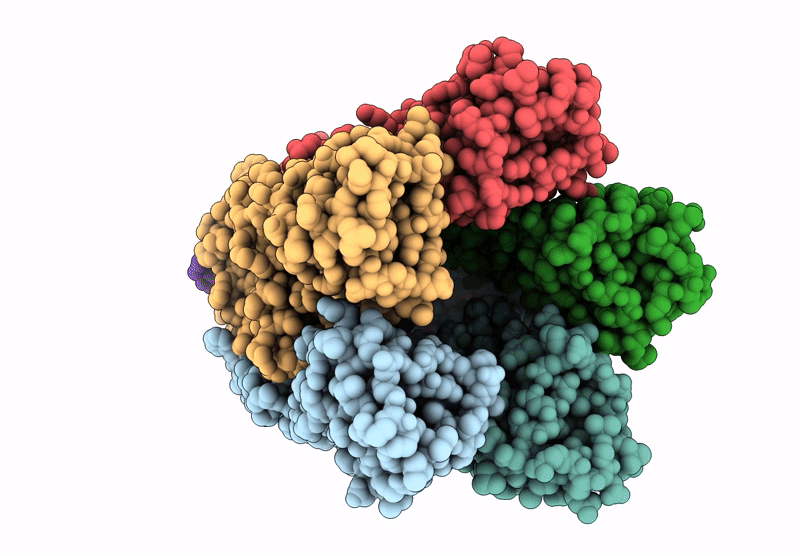
Deposition Date
2025-02-08
Release Date
2025-04-09
Last Version Date
2025-04-09
Entry Detail
PDB ID:
9LUB
Keywords:
Title:
The chimeric flagellar motor complex between MotA1B1 from Paenibacillus sp. TCA20 and MotAB from E.coli, state 2
Biological Source:
Source Organism:
Paenibacillus sp. TCA20 (Taxon ID: 1499968)
Escherichia coli (Taxon ID: 562)
Escherichia coli (Taxon ID: 562)
Host Organism:
Method Details:
Experimental Method:
Resolution:
3.30 Å
Aggregation State:
PARTICLE
Reconstruction Method:
SINGLE PARTICLE


